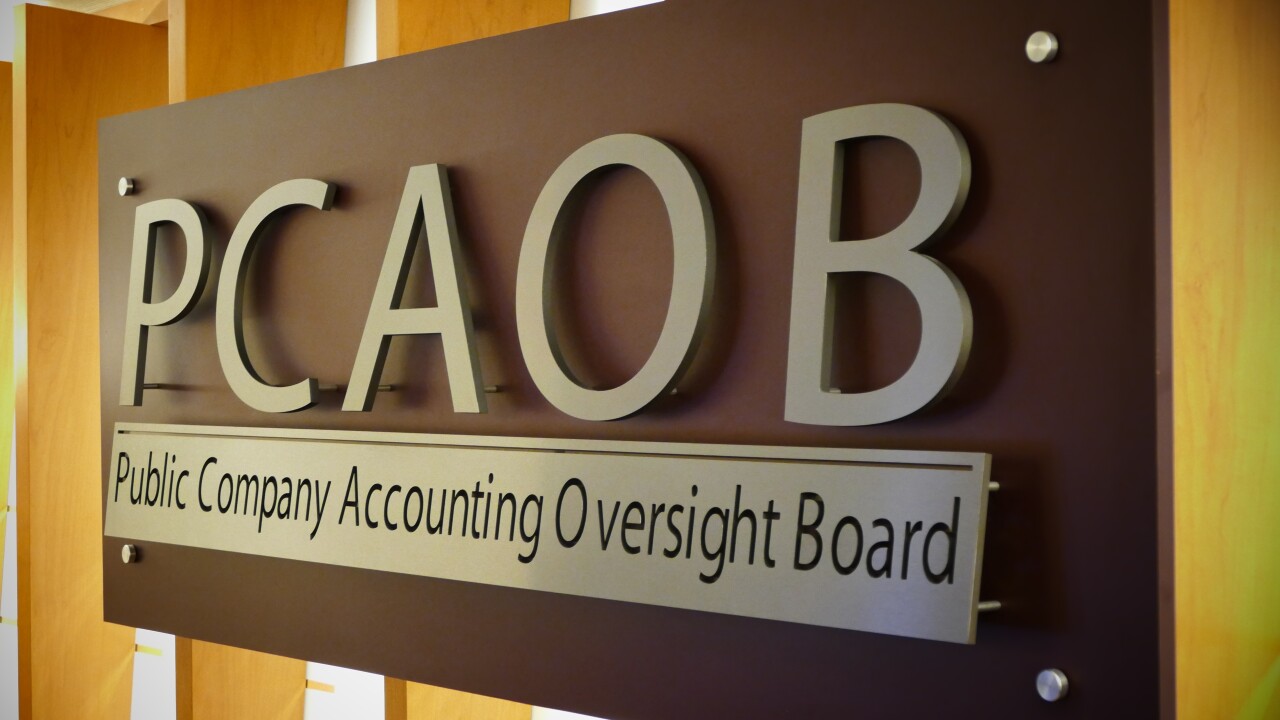Client accounting services (CAS) is a rapidly growing practice area for firms of all sizes, and today’s technology gives accountants the ability to advise their clients on an array of business matters far beyond traditional tax or audit services.
Modern tools improve efficiency and deliver real-time information to promote faster decision making and more agile business operations. Further, that data can be analyzed so that accountants are no longer limited to just recapping past activity for their clients, but rather are able to provide meaningful information to better predict the future.
Because of what these technologies enable accounting firms to deliver to their clients, they are not just components of a CAS program. Rather, the technology offered is a main ingredient in the recipe for success. If your firm is looking for ways to fast-track your CAS practice, focusing on your technology strategy is a great place to start.

Choosing your technology
Selecting the right tools and platforms is an important first step in developing a CAS program. The technology included may vary for every firm, but often includes general accounting or enterprise accounting applications, as well as accounts payable and receivable systems. Many firms also add expense management systems, particularly when they’re using platforms that can all work together. The ability to integrate various systems is a key to ensuring efficiency and value.
Most clients have some level of need with respect to common accounting functions such as AP and AR. Tools that simplify and automate those functions – specifically cloud-based solutions – add tremendous value and offer a perfect entry point to introduce clients to your CAS program.
Platforms and applications that are hosted in the cloud are generally more plug and play, compared with those that require implementation and hosting on-site. To gain real time information, agility and predictive advice, data needs to flow quickly and seamlessly among systems, and cloud platforms are designed with this in mind. Application programming interfaces (APIs) and integrations are updated automatically by vendors, in contrast to the custom integrations of on-premises hardware and applications that sync data overnight or in batches, and that require major overhauls when this is any sort of system upgrade.
In addition to requiring fewer in-house resources to maintain, cloud-based systems also tend to provide intuitive interfaces that promote easier and faster user adoption. For these reasons, cloud-based tools are a good fit for most CAS programs.
Beyond the common functions like AP and AR that most clients do need, firms can also offer specialized tools as part of their CAS technology suite, which may be different for every firm. Whether by design or by chance, most accounting firms have one or more niche industries in which they’ve developed some expertise. These are the market segments many choose to prioritize when selling CAS. As such, it’s important to select specialized technologies that can elevate the level of service the firm is able to provide those clients.
For example, firms with client portfolios that include many restaurants should consider platforms that provide point-of-sale data, food and labor cost, etc., as part of their CAS technology. This collection of tools can be leveraged for several clients and provides data that helps accountants offer deeper analysis and meaningful business advice based on predictive modeling.
In addition to leveraging your accountants’ industry expertise when you focus on a niche market for CAS, this strategy also limits the number of different platforms the firm will need to implement and maintain. Too many different pieces of technology can become overly burdensome, so this is a good way to maximize your resources. Use 10x thinking: How many systems do you want to be supporting when the firm is ten times the size it is today?
Successful implementation
Once the appropriate tech combination has been decided on, building the firm’s CAS program requires successful implementation of all this technology. Your vendor partners and staff both play an important role in the installation phase.
Beyond identifying great products to include in your CAS offering, be sure to select technology partners that are genuinely committed to the firm’s success. Don’t attempt to install new platforms and sync multiple systems on your own when your partners are there to assist. Taking advantage of their expertise to ensure installations and integrations are done right the first time will help fast-track the technology implementation and keep the entire program launch on schedule.
The first article in this series, authored by industry expert Jim Boomer, emphasized the importance of leadership and internal marketing for fast-tracking your CAS program. In no area are those factors more important than with respect to technology. People want to feel informed, and where possible, practice leaders should be engaged and feel part of the process, particularly where it pertains to new systems being implemented that impact their staff.
Training is a big factor in successful implementation. Just as accountants and their staff must be educated about the value of CAS and how to convey that proposition to clients, they also must be educated about any new technology they’ll be using in the delivery of this offering. Again, your vendor partners are a great resource to leverage in this important aspect of the technology implementation.
Because technology is such an important part of the overall CAS offering, getting it right at the outset is a critical factor in how quickly the firm will be able to build up the program. Choose applications wisely and lean on your partners for help throughout the process. Above all, execute a comprehensive communication strategy that includes all relevant audiences with respect to your CAS technology.





